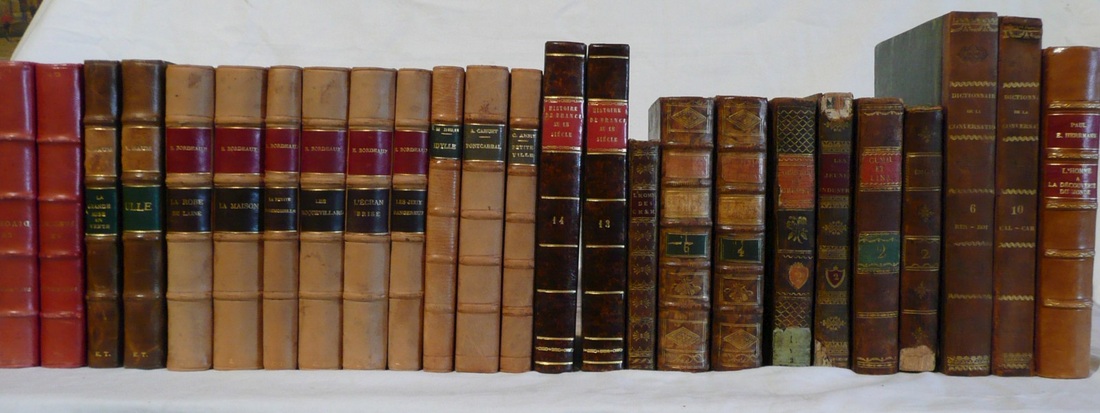Value Rigidity
Many of the traps into which humans tend to fall are also used by us to trap prey. It can be hard not to laugh at the pheasant that pushes its head down into a buried bottle to reach the grain in the bottom of the bottle, but then can't extract its head. In Zen and the Art of Motorcycle Maintenance, Pirsig's hero talks about the South Indian monkey trap. The trapper, he explains, drills a hole in a coconut, puts a ball of rice inside and chains the coconut to a stake. The monkey smells the rice and inserts his hand to grasp the rice. But now he is trapped. His fist with the ball of rice is now too big to pass through the hole. He is trapped only because he does not let go of the rice. He cannot see that freedom without rice is more valuable than capture with it. Pirsig calls this trap Value Rigidity. Rosalind Armson, talking about the many ways we get into messes or messy situations and then find ourselves unable to get out, elaborates: "The trap springs when the victim attributes inappropriate value to facts or goals. In the case of the monkey, the normally high value he places on rice needs re-evaluation in this life-threatening situation. We want to say to the monkey ‘Let go of the rice. The rice is not important right now.’ Value rigidity skews the value we attach to facts. Escape is available to the monkey but the rigidity of his valuation of the rice prevents him seeing the most important fact – he can be free as soon as he lets the rice go. Changed circumstances demand reappraised values. ...clients tell me value rigidity is one of the most frequent traps they find themselves in. Once spotted, however, it is one of the easiest traps to escape. They can very quickly list the values that trap them and their organisations. Most discover that the mess they are working on locks them in at least one value-rigidity trap. Value rigidity can make it hard to learn new facts and to recognise important facts right in front of you because you pre-select facts as important, or not, in line with your values. In a messy situation, the trap often takes the form of ‘a diagnosis‘ or ‘a solution’ that you believe to be at the heart of the mess. This is why letting go of both diagnosis and solution is more effective in dealing with messes. We get caught more firmly by our certainties than by our uncertainties. Beliefs, analyses or hunches can immobilise us far more effectively than preparedness to live with ambiguity and uncertainty. This is the territory of self-sealing beliefs. Self-sealing beliefs cause us to notice only the evidence that confirms our pre-existing beliefs – a kind of personal group-think." Rosalind Armson: Growing Wings on the Way Credits and references: Robert Pirsig Rosalind Armson - Growing Wings on the Way |
Explore |


